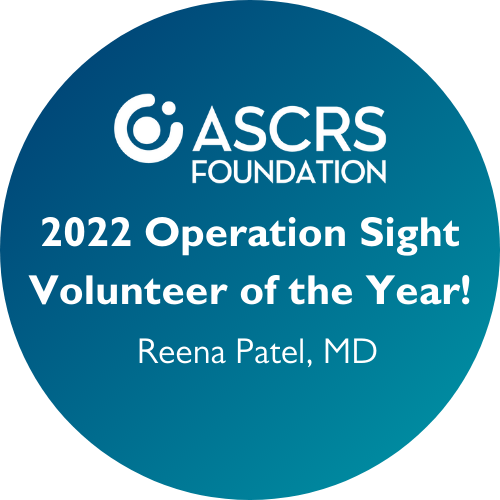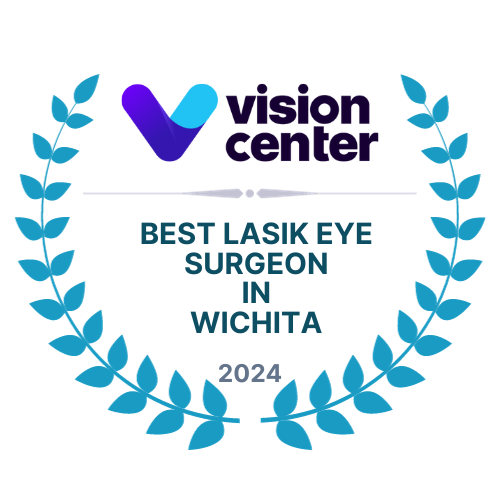Cataracts are a common occurrence in individuals who are at least 60 years of age. However, this clouding of the lens of your eye can negatively affect your life in several ways. Cataracts can take away your independence, increase the risk of falls and hip fractures, and even increase your chance of mortality. At Wichita Vision Institute, we are proud to offer treatments for cataracts. Keep reading to learn what you need to ask regarding this condition.
How Do I Know if I Have Cataracts?
Generally, if you are at least 60 years old and your vision has started to cloud or become fuzzy and colors do not appear as vibrant as they used to, you may need to seek treatment for cataracts. These symptoms may begin as early as your 40s or 50s. Other early indications including poor night vision, double vision, and halos or glares around lights. Risk factors of this condition include diabetes, trauma to the eye, smoking, heavy drinking, a poor diet, or using steroid tablets or eye drops.
What Tests Will Be Conducted?
Besides your comprehensive eye exam, our ophthalmologist will:
- Inspect the front of your eyes, including the lens, with a special microscope known as a slit lamp
- Use special drops to dilate your eyes and open up your pupils. This allows her to examine inside your eyes, including the optic nerve, retina, and lens.
- Conduct a visual acuity test (such as having you read an eye chart) to assess your near and distance vision. You may simply require a different prescription for your glasses.
Will I Need Eye Surgery?
If you have cataracts and they remain small, you may not need to have them removed. However, you should consider cataract surgery if they begin to interfere with your daily activities, such as reading, writing, seeing at night, or driving. Cataract surgery is one of the most frequently performed procedures in the world and involves removing the cloudy lens and replacing it with an IOL, or artificial intraocular lens implant.
What IOL Lens Options are Available?
IOL technologies available include standard lenses and monofocal lenses. Monofocal IOLs can correct vision at a particular field of distance, either near, intermediate, or far. Cutting-edge accommodative or multifocal lenses can be implanted to help you see both far and near objects. This can reduce, or eliminate completely, the need for glasses. Furthermore, toric intraocular lenses may be used to improve distance vision and correct astigmatism. However, you may still need reading glasses. During your consultation, you can discuss with our ophthalmologist the best IOL technology for your unique vision needs.
Schedule Your Initial Consultation Today
Cataracts are a natural part of aging, but they do not have to take your independence. For more information, talk to Dr. Patel and the friendly professionals at Wichita Vision Institute in Wichita. Contact us today to schedule your consultation!







